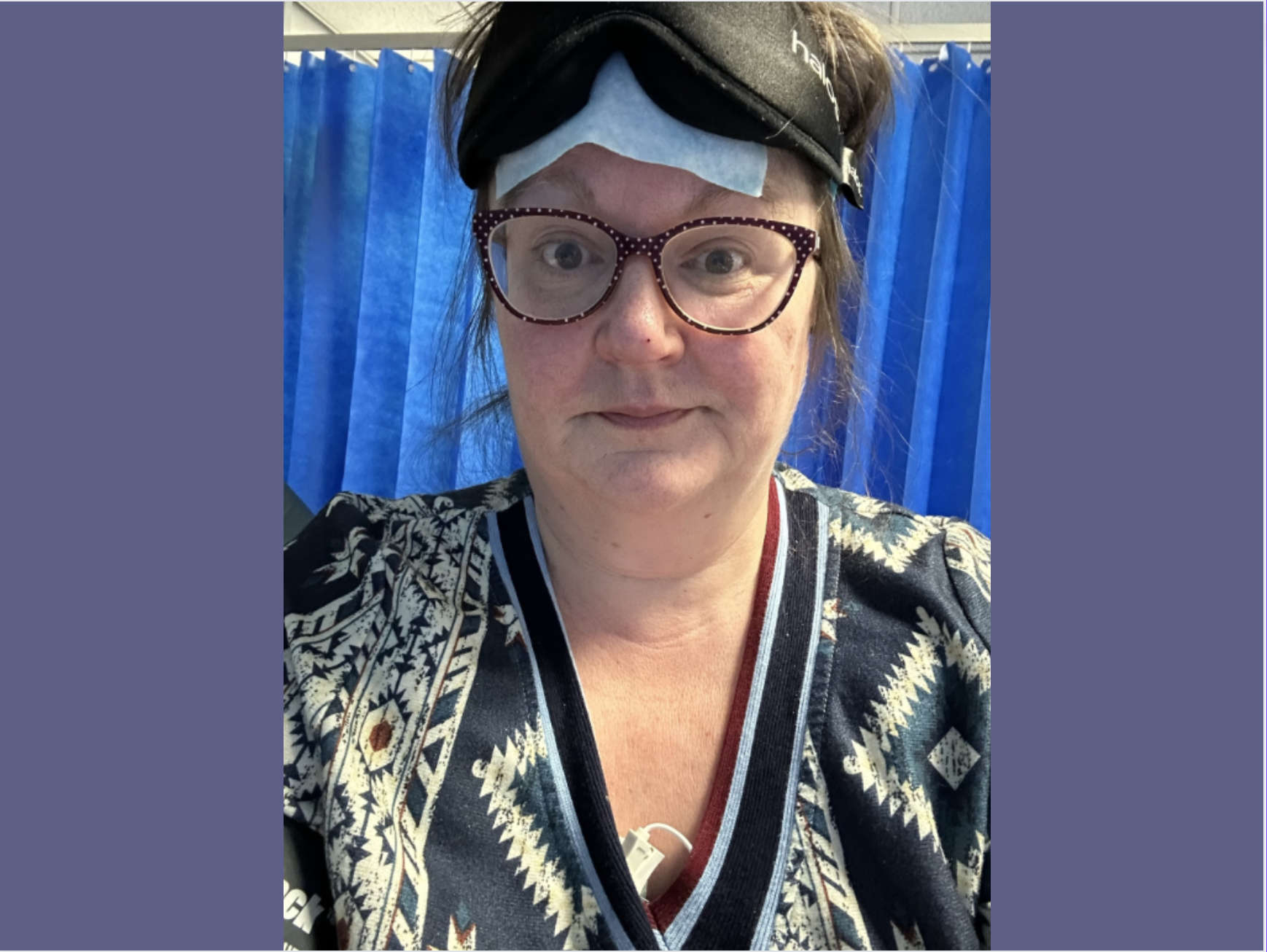
Accident and emergency (A&E) departments are not meant to be places for extended stays, with patients typically expected to move on to wards within a few hours.
But at the Royal Sussex County Hospital, in Brighton, the hallways around A&E and the cubicles are often overcrowded with patients waiting to be transferred to wards.
From Saturday, November 18 until Monday, November 20, I found myself among these patients, under observation and waiting for a bed on a cardiac ward after arriving at A&E in an ambulance, wired up and intubated.
My stay in A&E lasted 41 hours. I started in the resuscitation area, then moved to a cubicle and finally to ambulatory care from where they decided to discharge me – after being convinced that I was not in danger.
This was my second visit to the Royal Sussex in 18 months because of an unidentified anaphylaxis – a severe and potentially life-threatening reaction to a trigger, such as an allergy.
The first time, no ambulance was available. But I was conscious and my family drove me there. I spent eight hours in the cramped waiting room before seeing a doctor and heading home.
Thankfully, this time an ambulance was available because I was, in the words of the resus nurse, “in a terrible state” when the paramedics arrived.
Unconscious, with low oxygen levels and an irregular heartbeat, I regained consciousness as I was being carried out of my home and into the ambulance.
I spent 12 hours in the resuscitation area before I was deemed well enough to be moved to a cubicle – and there I stayed, connected to various wires and cannulas, with my oxygen levels constantly monitored.
By this time, I had received two intravenous drips, two CT scans and a referral to a cardiologist’s clinic. The cardiologist concluded that my symptoms were the result of an anaphylaxis.
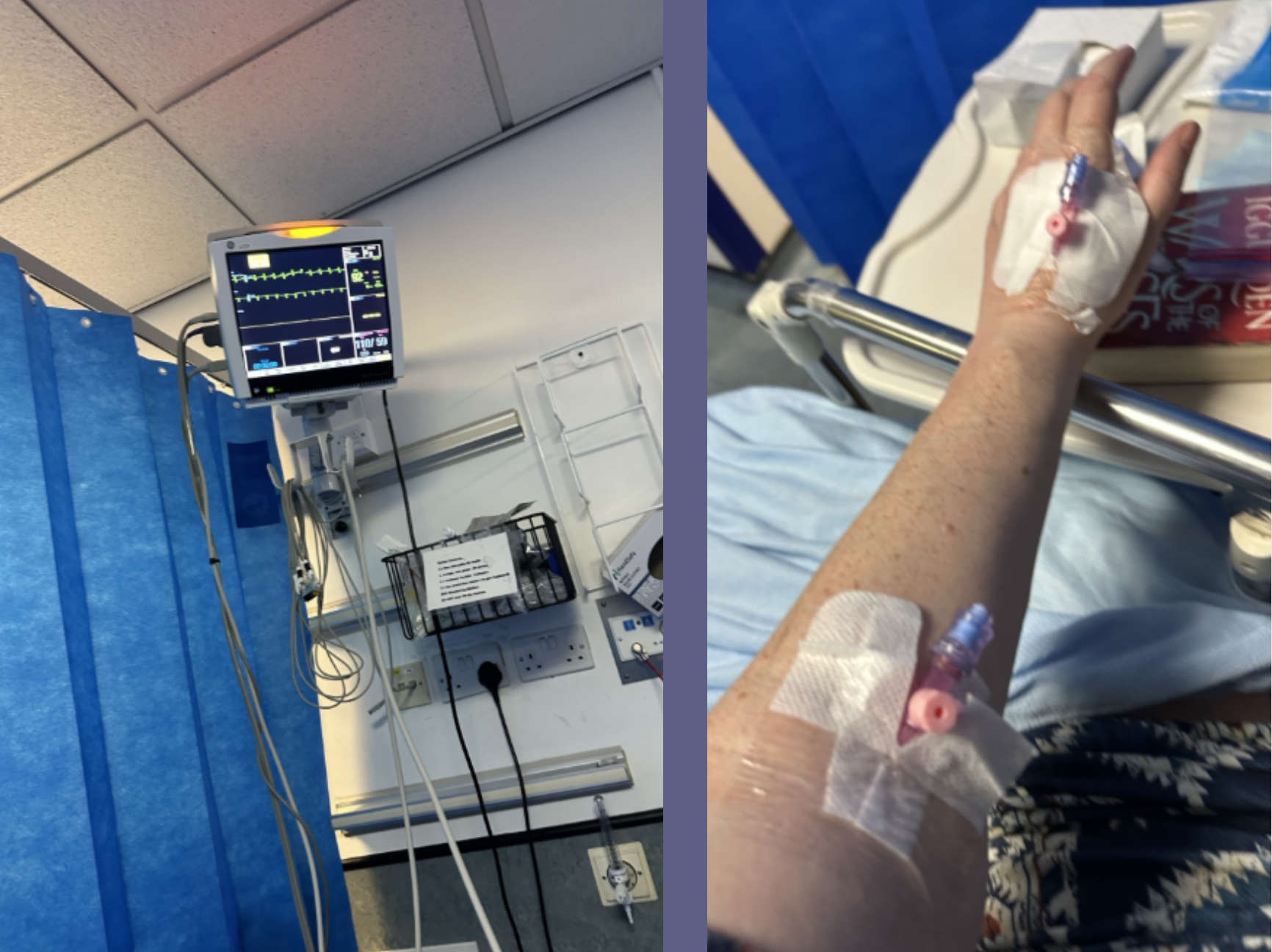
The A&E consultant wanted to admit me because she was concerned about the possibility of another anaphylactic reaction.
Given my numerous wires, I was fortunate enough to have the back of the cubicle to myself. But by the end of my stay, there were about eight people in the corridor and about three to four people per cubicle.
The A&E beds were so close together they touched due to the sheer number of patients that medical staff had to monitor.
The nurses and doctors in A&E are incredible. They work tremendously hard, are caring and kind and they kept me informed throughout my stay.
What they cannot do is to conjure up ward beds when none is available. At least three other patients were waiting for a bed in the cardiac ward.
Medical staff are forced to work with too many patients in confined spaces.
I felt that those with more severe heart problems had greater need of a bed on the ward so I was relieved when I was eventually sent home with a referral to an immunologist.
The Care Quality Commission (CQC) inspected urgent and emergency care at the Royal Sussex in April last year. The inspection report described “poor patient flow” throughout the hospital. A lack of available ward beds prevented patients from being moved on from A&E.
The report said:
“The use of the environment did not always support keeping people safe. Patients were frequently accommodated in non-clinical areas.
“The use of the environment did not always enable staff to protect the privacy and dignity of patients. The environment of the short-stay areas did not support effective care for patients accommodated there which included patients with mental health illnesses.”
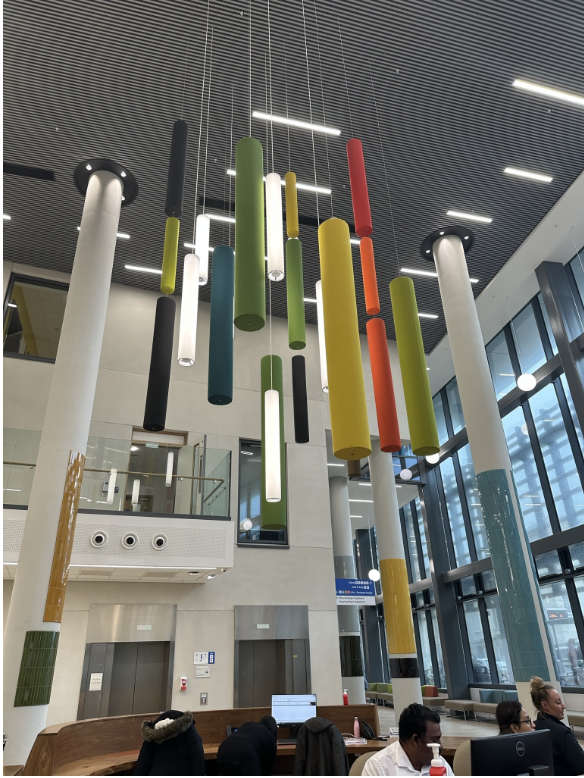
Staff received praise from the CQC for treating patients with “compassion and kindness” – something evident from my experience.
They also have support from their senior managers, as the CQC said:
“Staff felt respected, supported and valued by immediate leaders. They were focused on the needs of patients receiving care.”
As we head into winter, the pressure on A&E, the Royal Sussex and social care is increasing.
This year’s “winter plan” focuses on “admission avoidance” – or trying to keep people out of hospital as much as possible so they can recover at home.
Unless the situation is desperate, staying out of hospital is the best advice.

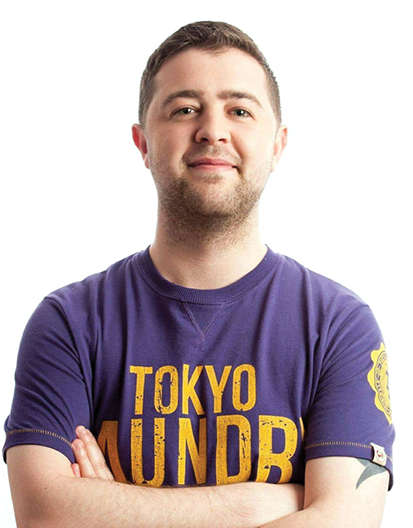
 Event Bookings Go Live For Worthing Festival ‘24
Event Bookings Go Live For Worthing Festival ‘24
 Man Charged After Throwing Brick Through Brighton Restaurant Window
Man Charged After Throwing Brick Through Brighton Restaurant Window
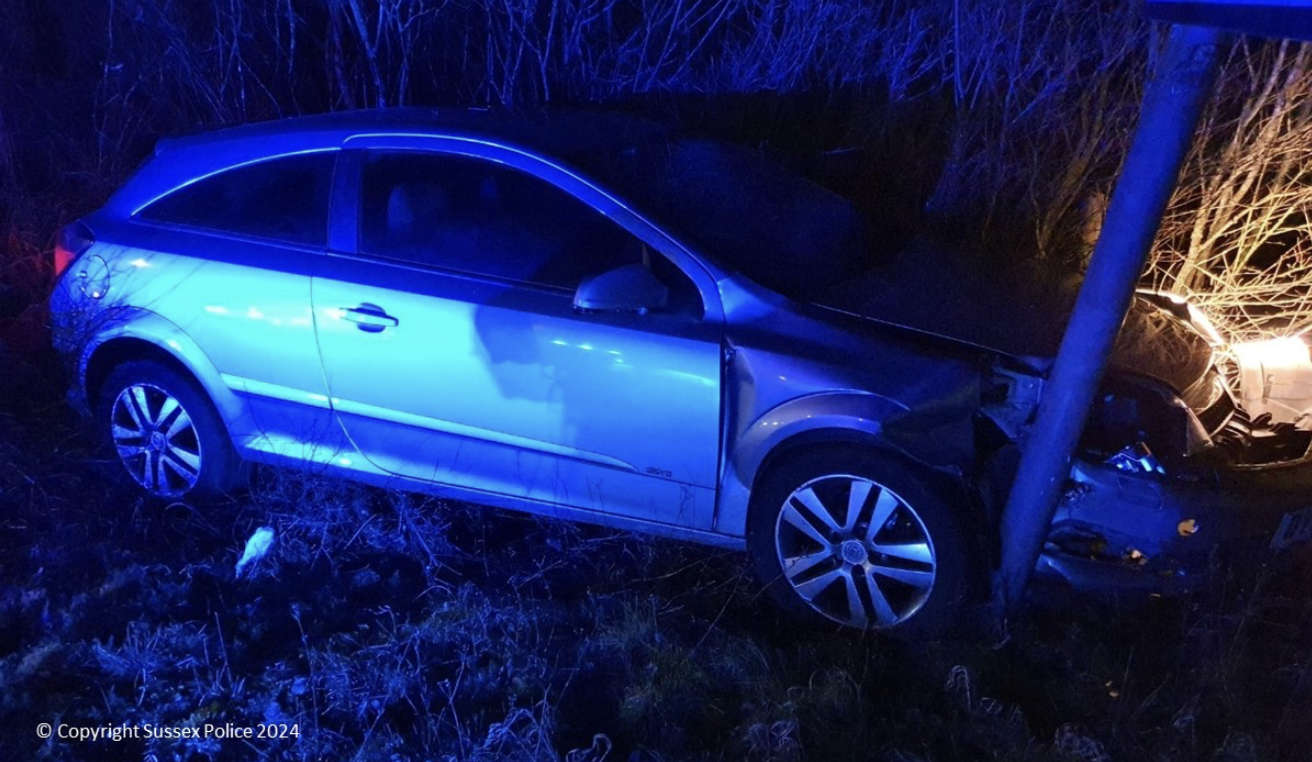 Peacehaven Man Disqualified Over High-Speed A27 Pursuit Near Brighton
Peacehaven Man Disqualified Over High-Speed A27 Pursuit Near Brighton
 Appeal After PCSO Assaulted In Uckfield
Appeal After PCSO Assaulted In Uckfield
 Man Charged With Rape Of Teenage Girl In Newhaven
Man Charged With Rape Of Teenage Girl In Newhaven
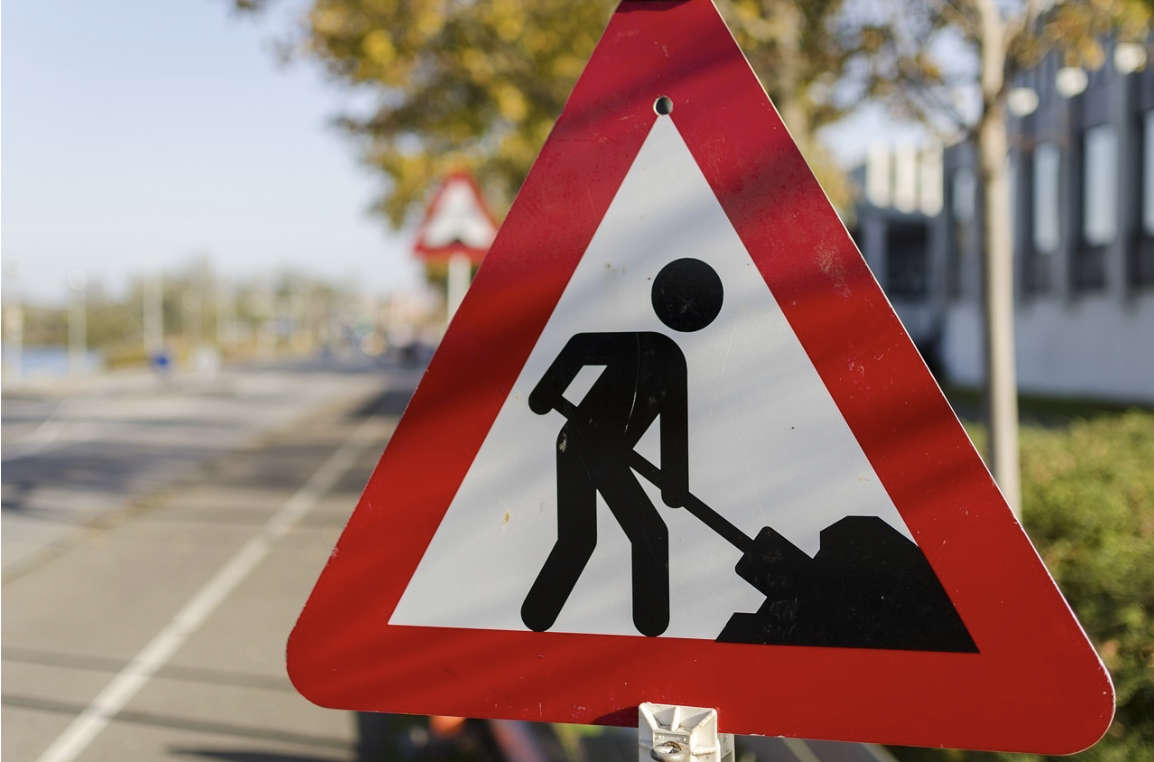 Overnight Closures For A22 Forest Row Road Improvements
Overnight Closures For A22 Forest Row Road Improvements
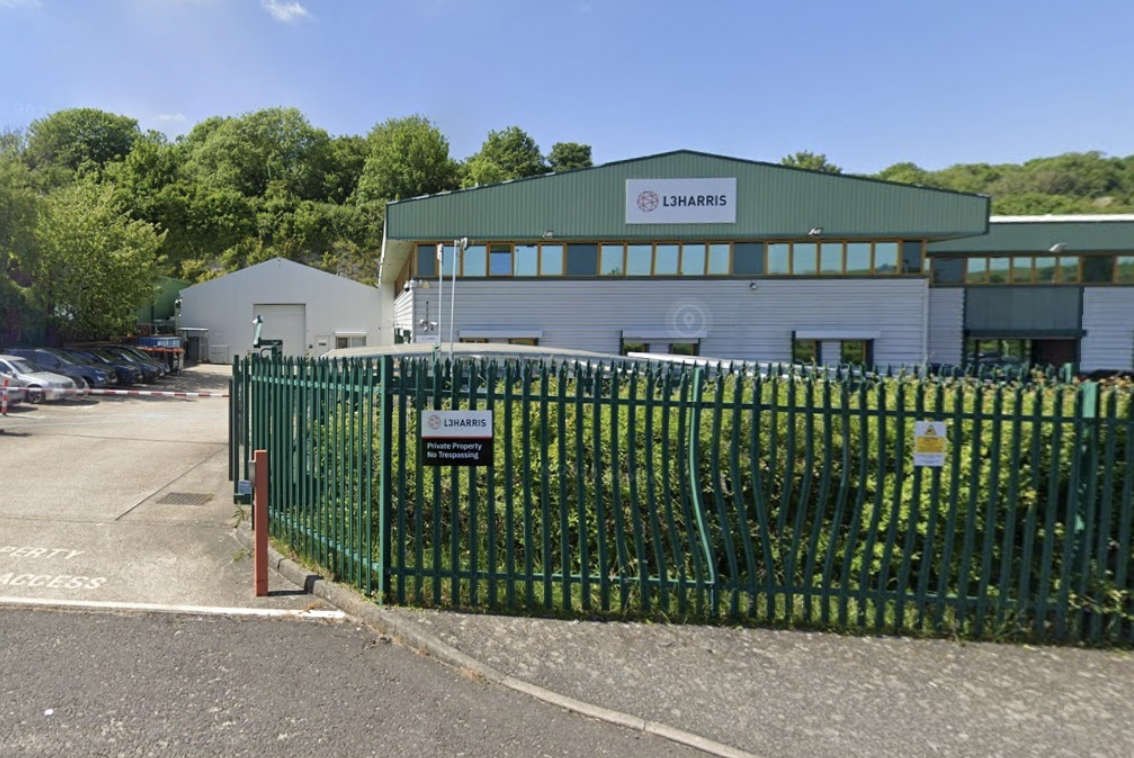 Brighton Defence Manufacturer's Controversial Planning Application Likely To Be Heard
Brighton Defence Manufacturer's Controversial Planning Application Likely To Be Heard
 Over £2.4m Approved For Worthing School Support Centre
Over £2.4m Approved For Worthing School Support Centre
 Section Of M25 To Close Again Tonight - As Drivers Warned Not To Get Complacent
Section Of M25 To Close Again Tonight - As Drivers Warned Not To Get Complacent
 Plans For 800 New Horsham Homes Refused
Plans For 800 New Horsham Homes Refused